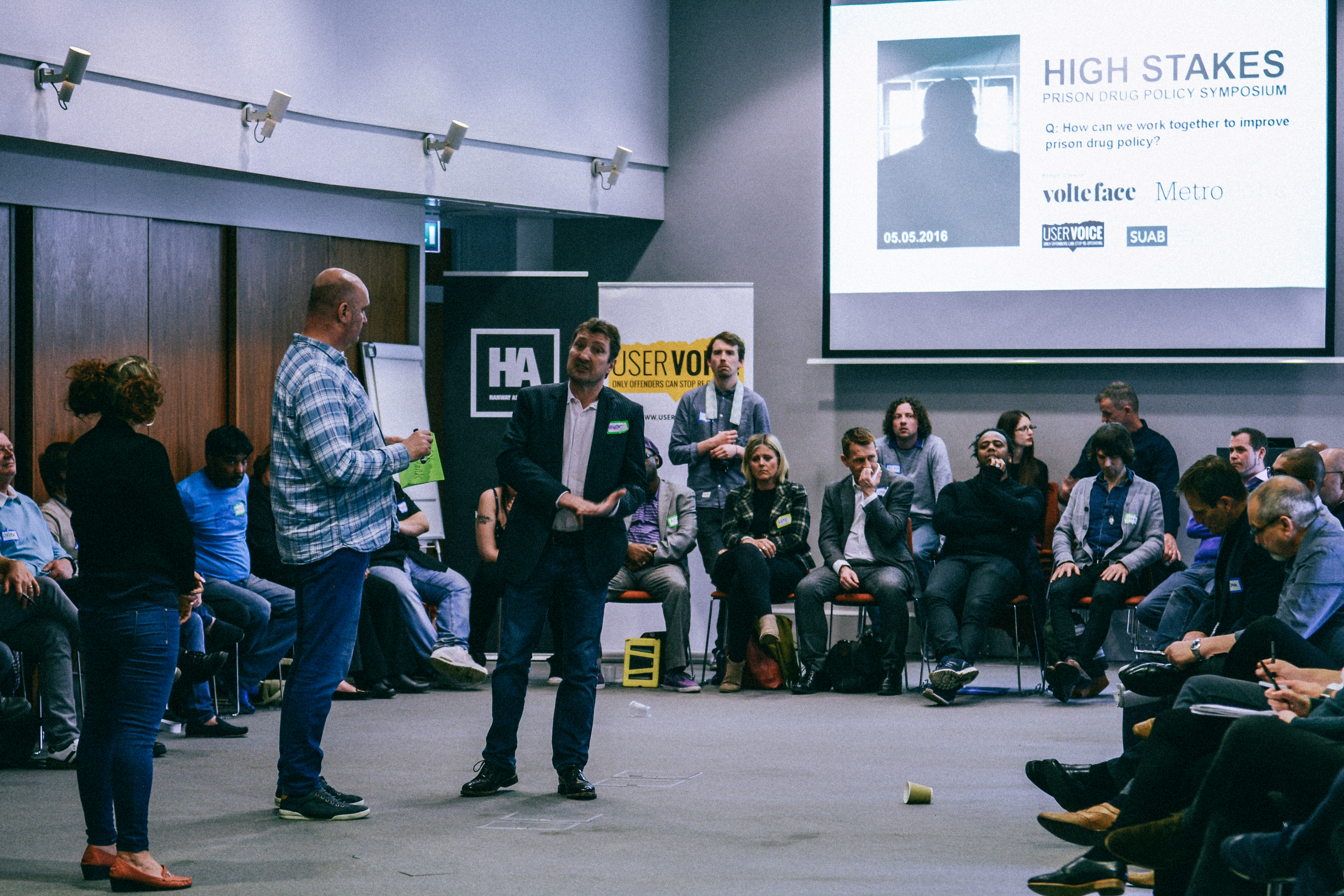Prison officers confiscated 225kg of drugs in England and Wales in 2016, according to the Ministry of Justice. In the same year, 13,00o mobile phones and 7,000 sim cards were also seized from inside prisons. However, whilst these figures may seem worryingly or impressively high depending on how you interpret it, the reality is that they are just scratching the surface of the prevalence of drug use in prison.
Prison drug seizures have been increasing year on year, although the statistics given before were in number of seizures rather than volume of contraband, so it is somewhat difficult to compare the most recent data with previous years. The MOJ have also not released any further details such as data on which drugs are being uncovered at what rates. Former prison governor John Podmore took to Twitter to explain that these figures are meaningless without further information and say almost nothing about the level of drug use in prisons.
Finding 225kg of drugs in prisons in one year is meaningless if the figures for previous years are secret alongside the types and locations
— John Podmore (@John_Podmore) July 9, 2017
That aside, if this statistic represents higher levels of seizures than previously recorded (which, given the trend, it likely does), there are two ways in which this can be interpreted: either that the prison security has improved or that drug consumption has increased (or some combination of the two). Based on other relevant statistics on drug use in prisons (below) and on anecdotal evidence that prison security leaves much to be desired, I am inclined towards the latter explanation.
It is very difficult to get accurate statistics of the number of prisoners taking illicit substances or the total volume of drugs that goes into the prison each year, because why would prisoners report something they could get in trouble for? That said, the latest inspection of a prison found that 52% of prisoners believe that it is easy to get hold of illegal drugs inside prison. They also found that 1 in 7 inmates said that they developed a drug problem whilst in prison and nurses in this single prison treated people for symptoms related to drugs 52 times in January alone.
Looking at the statistics on a wider scale, in 2015 the The Scottish Prisoners Survey found that 43% of prisoners reported using illegal drugs at some point during their prison sentence – most of these people will not have been caught or had anything seized. All this suggests that the volume of drugs seized by prison officers is just the “tip of the iceberg”, as it was suggested by former prisoner Alex Cavendish on BBC Radio 5 live.
The presence of mobile phones, which are banned, can be a problem because often prisoners use them to arrange drugs to be smuggled into prison, as well as organising other crimes with people on the outside. The government’s National Offender Management Scheme previously said that inmates had also used mobile phones to commission murder, plan escapes and import automatic firearms. In response to this, there have been a number of extra security implementations, including mobile phone detection technology being introduced and efforts made to block mobile phone signal.
However, there are suggestions that focusing on these measures are targeting the wrong people. Director of the Prison Reform Trust, Peter Dawson, said that the Prison Service should consider giving prisoners legitimate access to mobile phones as they helped people “cope with the experience” and prepare for release. He said it was “pointless” tracking down inmates who use their mobile to “call their mum”.
One former prisoner and member of User Voice, told Volteface that without their illicit mobile phone, which they used to call their family, they would not have been able to cope and would likely have turned to drugs just to get through their time.
The response to the seizure data has focused purely on security: discussion surrounding increases in prison staff, use of drugs dogs, phone detection and specialist squads to deal with drones. However, whilst it is important to tackle supply routes of drugs into prison, it will ultimately be futile if nothing is done to address the demand for drugs in prison, by improving conditions and giving people meaningful activities. Contact with family is also crucial to keep morale up and to help with reintroduction to the community at the end of their sentence.
Whilst these statistics do highlight the sheer size of the drug problem in prisons, they merely scratch the surface of not only the actual level of drug use, but also the complex interactions with addiction, physical and mental health problems, violence, bullying, debt and re-offending rates. With this in mind, it should be clear that the prison crisis cannot be solved just by confiscating more drugs.
Words by Abbie Llewelyn. Tweets @Abbiemunch


